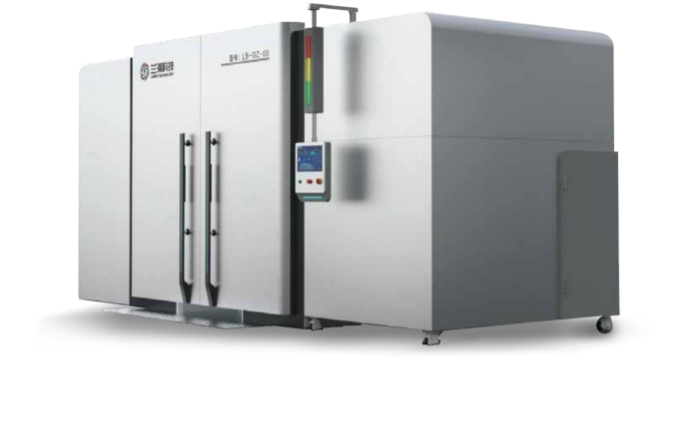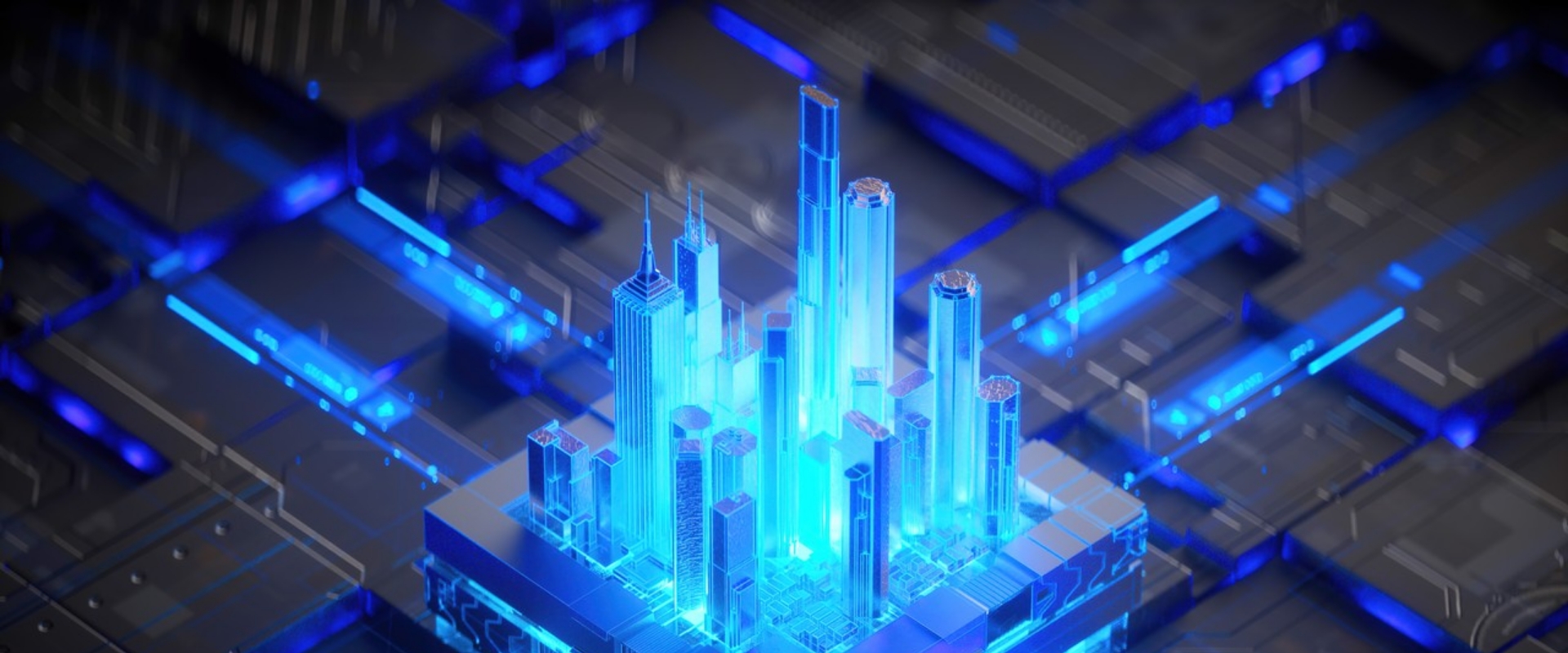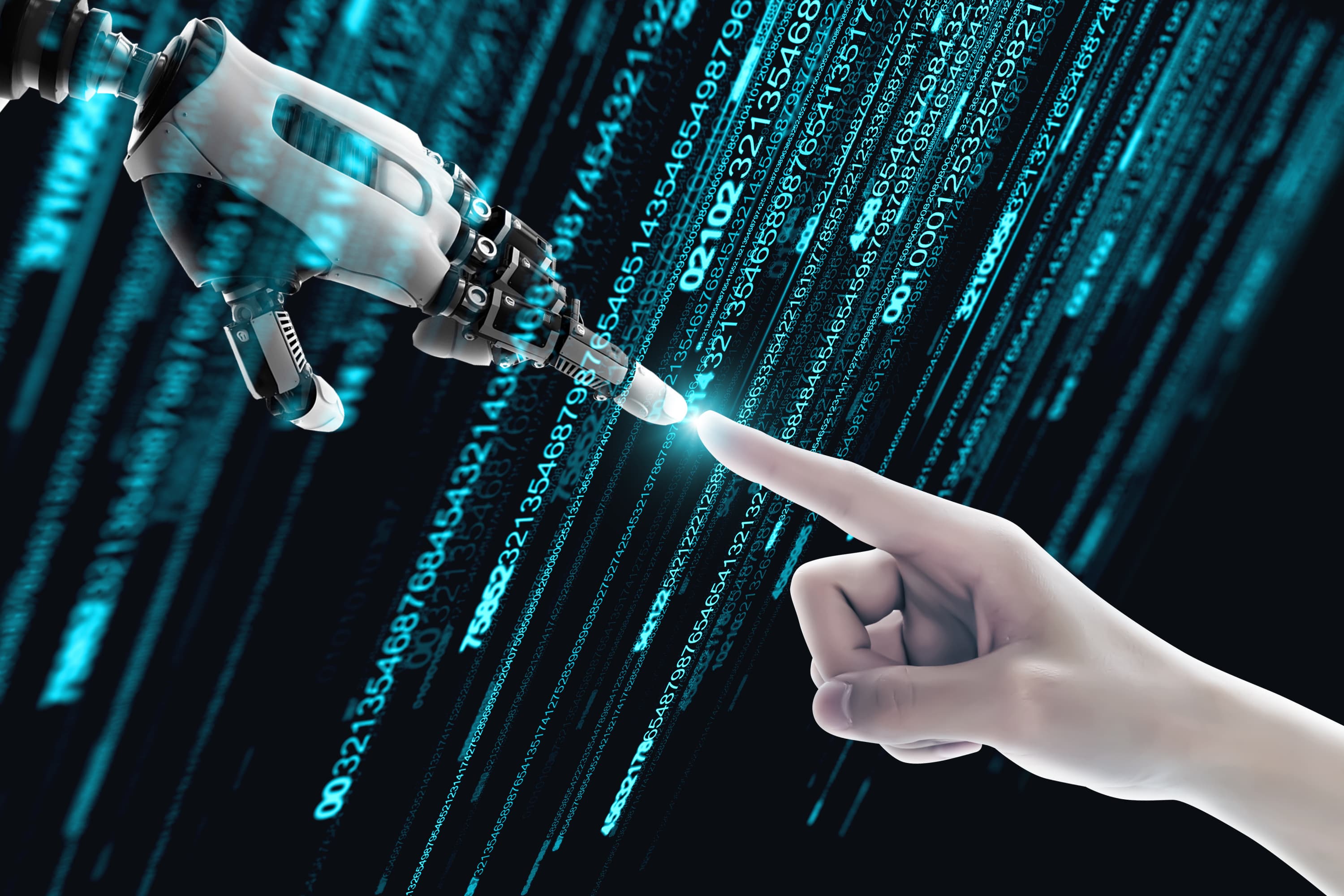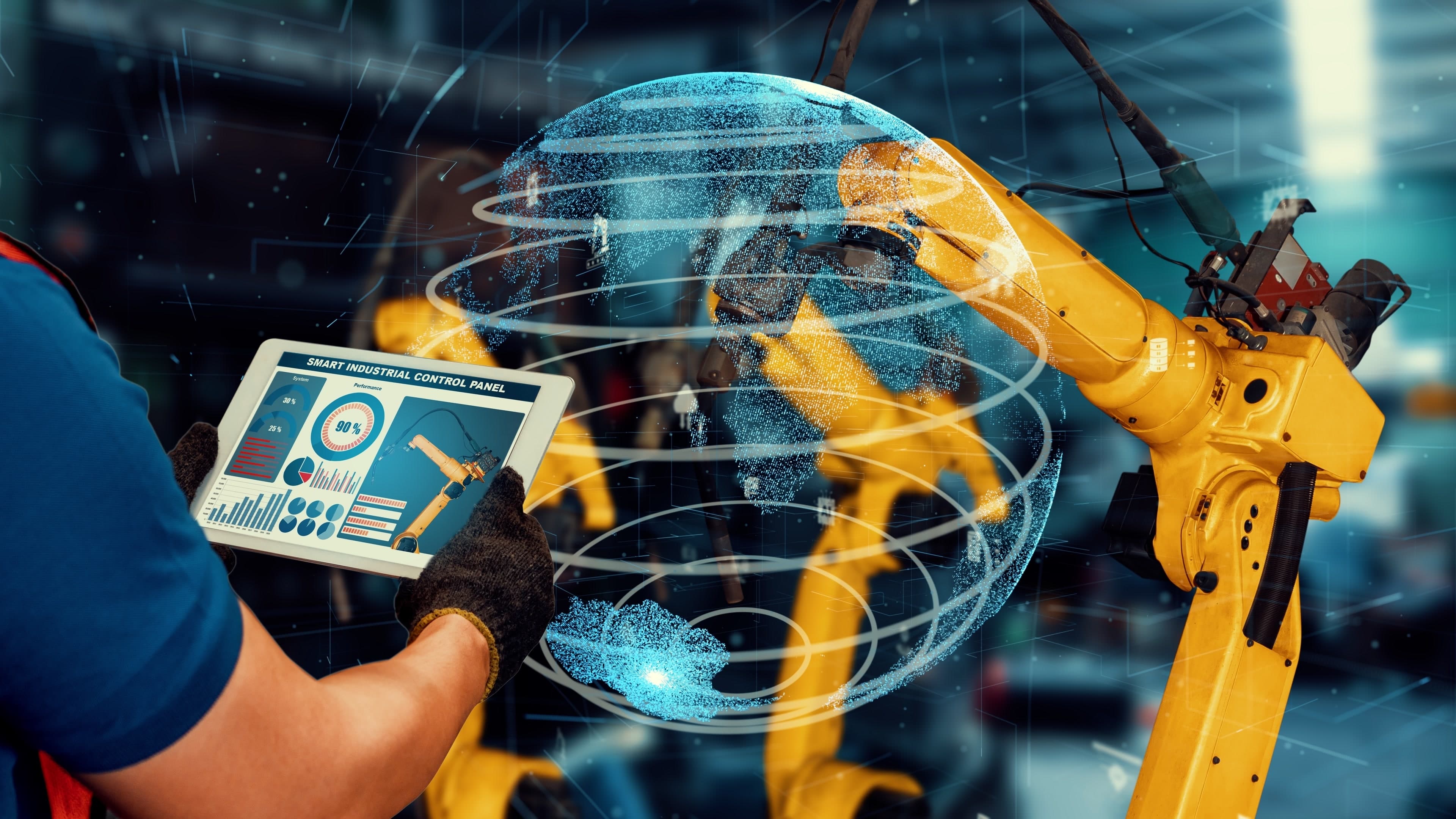Artificial Intelligence (AI) allows machines to learn from experience, adapt to new inputs and perform tasks like a human. Using these techniques, computers can be trained to perform specific tasks by processing large amounts of data and recognizing patterns in the data.

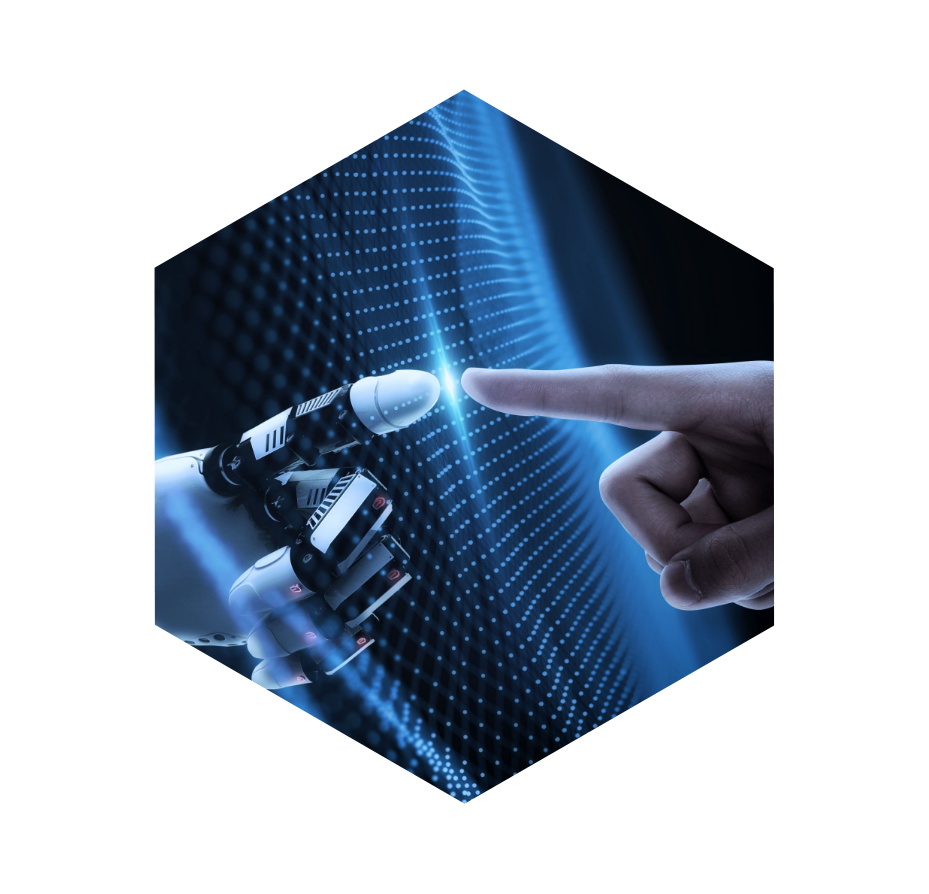

With the support of AI technology, machines can operate efficiently and instantly analyze huge amounts of data, which in turn can be used to solve problems through supervised, unsupervised or reinforcement learning.

With the support of AI technology, machines can operate efficiently and instantly analyze huge amounts of data, which in turn can be used to solve problems through supervised, unsupervised or reinforcement learning.

With the support of AI technology, machines can operate efficiently and instantly analyze huge amounts of data, which in turn can be used to solve problems through supervised, unsupervised or reinforcement learning.

With the support of AI technology, machines can operate efficiently and instantly analyze huge amounts of data, which in turn can be used to solve problems through supervised, unsupervised or reinforcement learning.

With the support of AI technology, machines can operate efficiently and instantly analyze huge amounts of data, which in turn can be used to solve problems through supervised, unsupervised or reinforcement learning.

With the support of AI technology, machines can operate efficiently and instantly analyze huge amounts of data, which in turn can be used to solve problems through supervised, unsupervised or reinforcement learning.
You can use ML to train AI to perform tasks accurately and quickly. This can improve operational efficiency by automating parts of the business that employees find strenuous or tiresome. Similarly, you can use AI automation to free up employee resources for more complex and creative tasks.
AI technology can use ML and deep learning networks to solve complex problems with human-like intelligence.AI can be massively scaled to process information-encountering patterns, recognizing information, and providing answers. You can use AI to solve problems in a range of areas, such as fraud detection, medical diagnostics, and business analytics.
Unlike humans, AI technology can work 24/7 without degrading performance. In other words, AI can perform manual tasks without error. You can focus AI on repetitive, tedious tasks so you can use human resources in other areas of your business.AI can reduce employee workloads while streamlining all business-related tasks.
In contrast, AI can analyze large amounts of data using ML faster than anyone else.AI platforms can spot trends, analyze data, and provide guidance. With data predictions, AI can help suggest the best course of action for the future.













